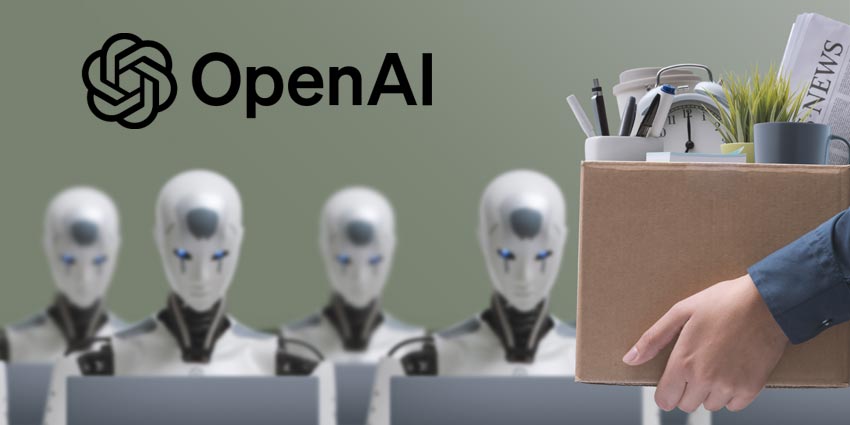Despite the rapid rise of AI and automation, full agentless support isn’t happening anytime soon.
As reported by CX Today last week, Gartner predicts that by 2028, none of the Fortune 500 companies will have eliminated human customer service.
So, while the direction of travel towards fewer human agents seems inexorable, a world without human intervention in a typical customer journey is equally unlikely.
In that sense, Gartner’s latest forecast cuts through the hype (although I personally wouldn’t bet against at least one Fortune 500 firm kicking the human out of the loop — even if it’s just a PR stunt).
Why? Because customers still demand empathy, context, and reassurance in complex or sensitive situations — and current research shows clear human preference.
According to Okta’s 2025 Customer Identity Trends, 70% of consumers prefer interacting with humans, with only 16% opting for AI agents over humans.
The future of CX is therefore hybrid. Put simply, AI handles scale and speed; humans excel at nuance and trust.
Hybrid CX rests on a simple truth: not every customer interaction is equal.
AI is well suited to repetitive, predictable, or low-stakes tasks — such as order tracking, balance checks, and password resets — where automation drives efficiency and reduces costs.
But when interactions are complex, emotionally charged, or high-value, humans remain essential.
A chatbot can tell you a flight is cancelled; for now, only an empathetic human can calmly rebook a multi-leg international trip for a stressed family.
This division of labour is also why analysts expect companies to continue relying on humans for the foreseeable future.
Consultancies like McKinsey caution that over-automation risks poor experiences, while hybrid models can deliver cost reductions alongside improved satisfaction.
The question isn’t whether to be hybrid; it’s how well you can make the model work.
When Hybrid Works
And here are just a few examples of hybrid models that to date are showing promise:
Bank of America’s Erica
Erica, a financial-focused chatbot has handled 3+ billion interactions since launch, automating tasks like fraud alerts and credit score updates.
Crucially, in-app escalation to a human agent is available for complex issues. Analysts frequently cite Erica as a leading example of human–AI cooperation in financial services. Bank of America+2CIO Dive+2
Amazon
Amazon automates the returns process end-to-end, but provides clear routes to human support for exceptions (damaged goods, policy disputes) via chat or phone.
That escalation path is a hallmark of an effective hybrid approach.
Vodafone’s TOBi / SuperTOBi
After taking some serious customer heat on previous versions, Vodafone reports improved outcomes from its GenAI assistant — including first-time-resolution gains — while preserving handoff to human agents where needed.
These examples demonstrate that hybrid is more than tech deployment — it’s orchestration of people, process, and platforms.
And when it doesn’t…
Of course, not every company gets the balance right. Here are cases where public dissatisfaction has raised eyebrows.
Ryanair
Ryanair promotes AI-led self-service and a 24/7 chatbot with limited live-agent hours.
Consumer surveys and reporting frequently cite difficulty reaching humans or long waits — issues that can magnify frustration when travel goes wrong.
Meta’s Business Support
Meta offers automation and live support options that vary by account type and subscription (e.g., Meta Verified for creators and businesses), leaving many smaller advertisers reporting challenges in reaching a person.
Gartner’s forecast is less a warning than a reality check: customers will accept bots — but not bots alone.
The leaders will be those who design seamless handoffs, empower humans with AI-assist tools, and measure success beyond cost deflection. The laggards will be those who treat automation as a gatekeeper.
The lesson is clear: hybrid CX isn’t about replacing humans — it’s about repositioning them where they matter most. Companies that understand this balance may well thrive on it.







